My copy of the Pathfinder Strategy Guide shipped today! Normally, I like to
wait until I have my physical books, but I'm making an exception here. I've gotten into Pathfinder Society here because my friends don't have a lot of experience with RPGs, so this thing is a godsend! I've been looking forward to getting this as a resource that I can bring new players into the game for some time.
According to the introduction, the goal of the book is to provide "a friendly and straightforward guide to making your own character and becoming confident in the basics of the Pathfinder Roleplaying Game." (4) "This book will teach you the following:
• The basic terminology and concepts used by the Pathfinder Roleplaying Game.
• How to create player characters and advance them from level 1 to level 20.
• The basics of combat, from moving around the battlefield and engaging with foes to more advanced tricks like combat maneuvers and tactical analysis.
• The foundations of roleplaying, from meeting archmages and queens to solving mysteries and bargaining with dragons." (5)
Similarly, the book isn't:
• a substitute for the Core Rulebook
• "intended to give experienced players advanced insights or cunning new strategies for optimizing their characters." (5)
• comparison to board and video games. Helpful statement re: players going "tharn": "You can attempt to go anywhere and do pretty much anything in this game—even if the game doesn’t provide specific rules for your attempt, it has a variety of general rules that can be adapted to whatever you’re describing." (7)
• like that they tell players to develop a concept rather than on mechanics
Pages for new players: 7-9
The book starts with a quiz. This is great for someone that doesn't know anything about what they want to do. There are 13 questions that you move through to give you an idea of what type of character best fits a player's class. In total, a player might have to go through a maximum of three questions to get to a result, which is the class' theme. Most classes have two themes but the full spellcasters (cleric, druid, sorcerer, and wizard) each have three. A theme is sort of an overarching concept for a class. For instance, the rogue has the shadow and thief themes. A shadow is more of a battle thief character. Paizo's put up a blog post explaining how all this stuff goes into making a character. A thief is the traditional skill monkey.
There are 26 possible themes:
Angel-born (sorcerer)
Animal Friend (Druid)
Archer (ranger)
Battle Priest (cleric)
Berserker (barbarian)
Brute (fighter)
Conjuror (wizard)
Crusader (paladin)
Dragon-child (sorcerer)
Dual-weapon warrior (ranger)
Fire-blooded (sorcerer)
Fury (Druid)
Healer (cleric)
Illusionist (wizard)
Knight (paladin)
Maneuver Specialist (monk)
Martial Warrior (monk)
Nature Warrior (Druid)
Shadow (thief)
Shield Fighter (fighter)
Smasher (barbarian)
Stargazer (cleric)
Thief (rogue)
Traditional Mage (wizard)
Trickster (bard)
Troubadour (bard)
Each theme gets a half-page write up including some flavor text, three "things" your character can learn to do, and some advice on which race to choose.
The next chapter is about races. It's only two pages long. The Strategy Guide names all of the race's traits, but only bothers to explain some of them. All of the racial abilities are named, at least. There is also a very helpful box that explains that races in RPGs are actually species.
Next come the class guides. This section also has really helpful sidebars that cover some basic information like a class' BAB, save bonuses, etc. The sidebar on the right facing page has suggested equipment for each theme. Each theme also gets an icon with information about options for customizing your character. There's a lot of advice, but nothing is demanded.
The chapter also has information explaining every possible section of a character sheet. They have letters that correspond to where they appear on a character sheet. There's ten pages of information leading up to the explanatory character sheets.
Each class also has leveling up advice that takes characters up to 20th level. Some of the levels have theme-specific advice, though not all do. Finally, there's back matter that covers things like fleshing out a character's back story, saving throws, armor class, languages, etc.
The playing the game chapter is fantastic! First, there's a discussion of the difference between combat mode and narrative mode, which is something that a lot of new players also don't understand. There's a combat flowchart and advice for players on what they might want to do on their turn. Helpful boxes break out what are standard, move, quick, free, etc. actions. This is super helpful. The pages on understanding your square (128) and attacks of opportunity (129) are particularly helpful. That said, it would have been helpful to get some information about moving through threatened squares and enemy-occupied spaces with acrobatics checks.
Overall I really like this! I'll want to host a newbie game night to see how players are able to pick things up. Also, at some point I'll want to do a cross-reference between this and the CRB to put together a new player intro pack.
The Strategy Guide doesn't really track to a five star system, but I'll give it three thumbs up instead!
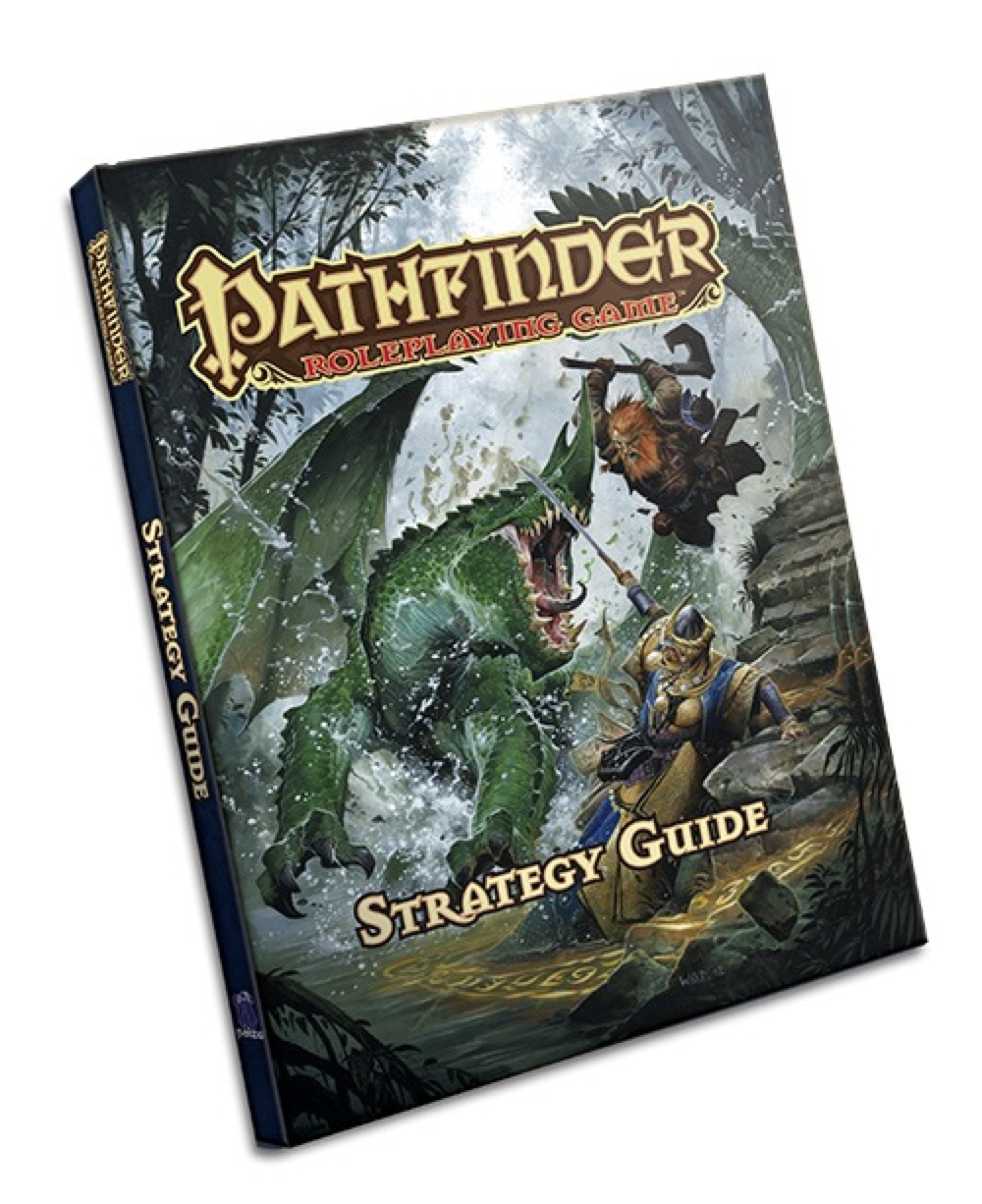
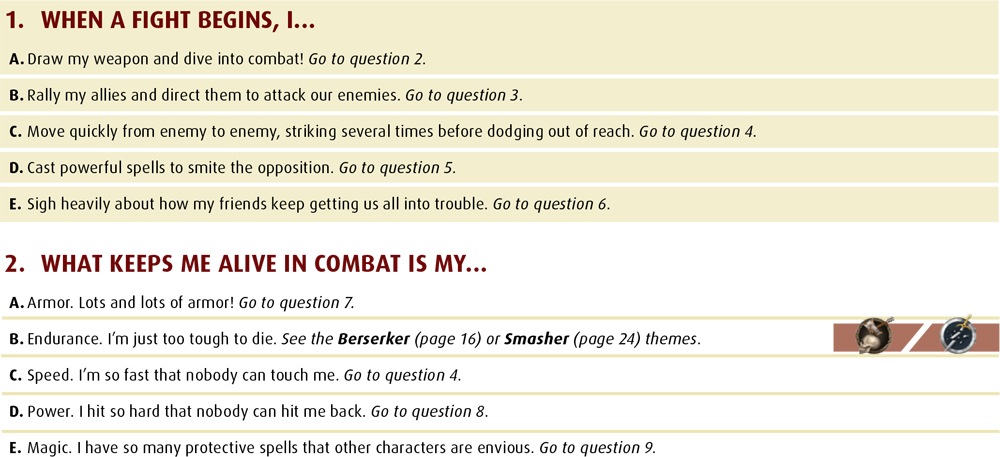
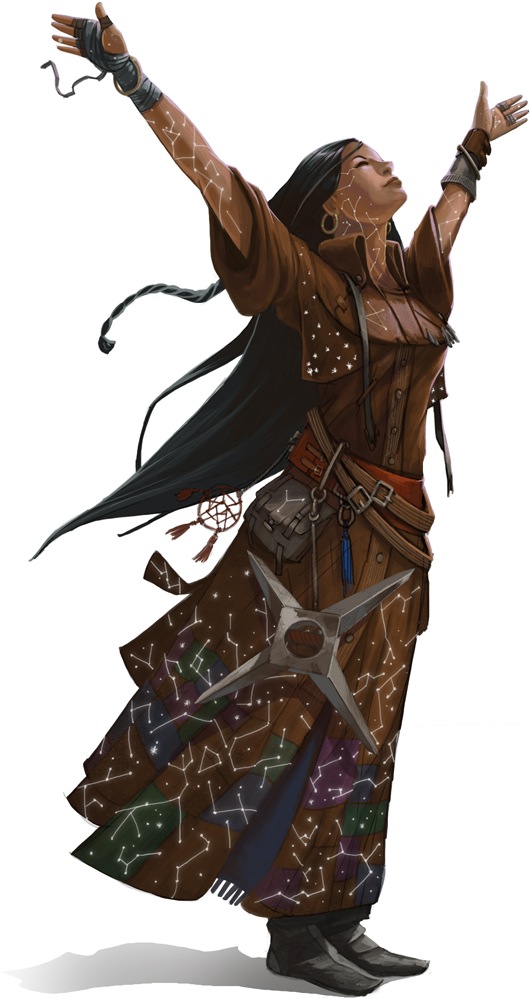
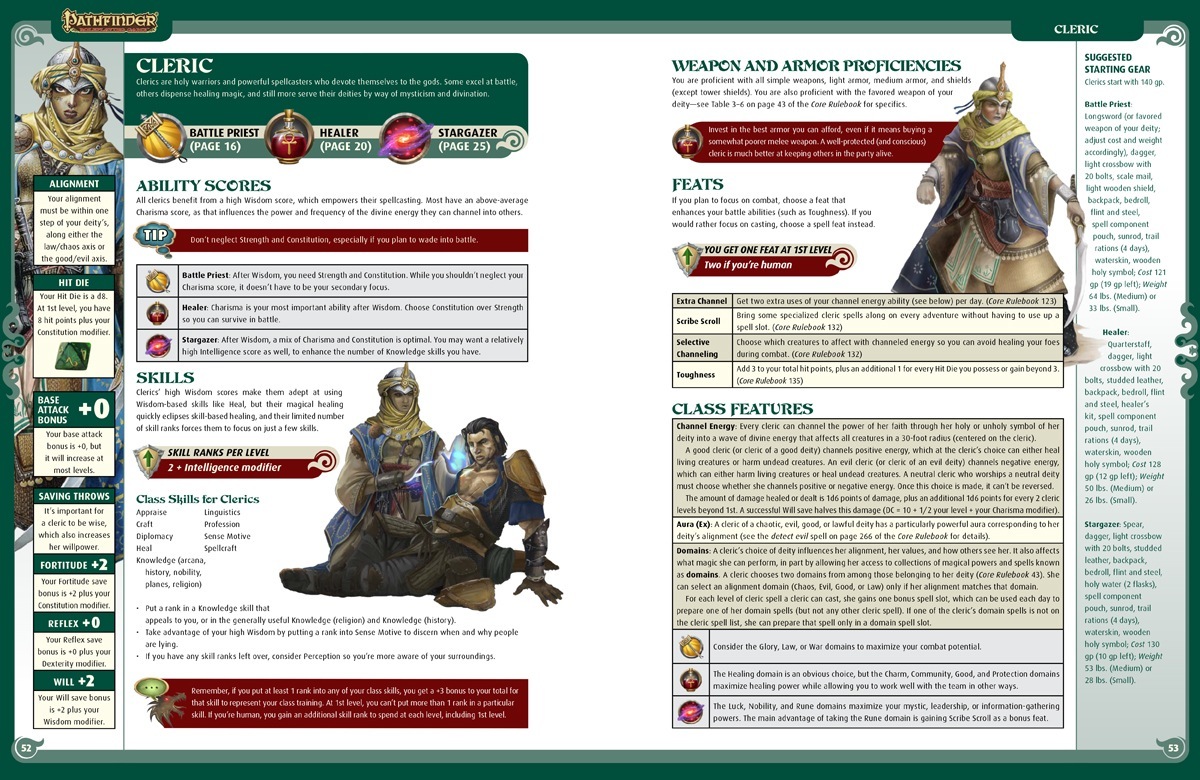
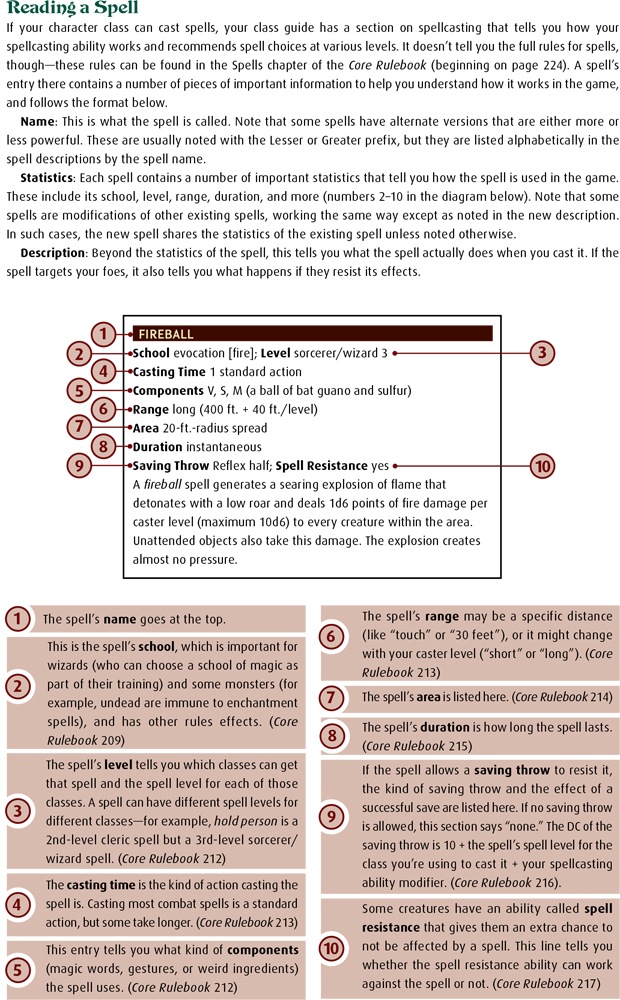
No comments:
Post a Comment